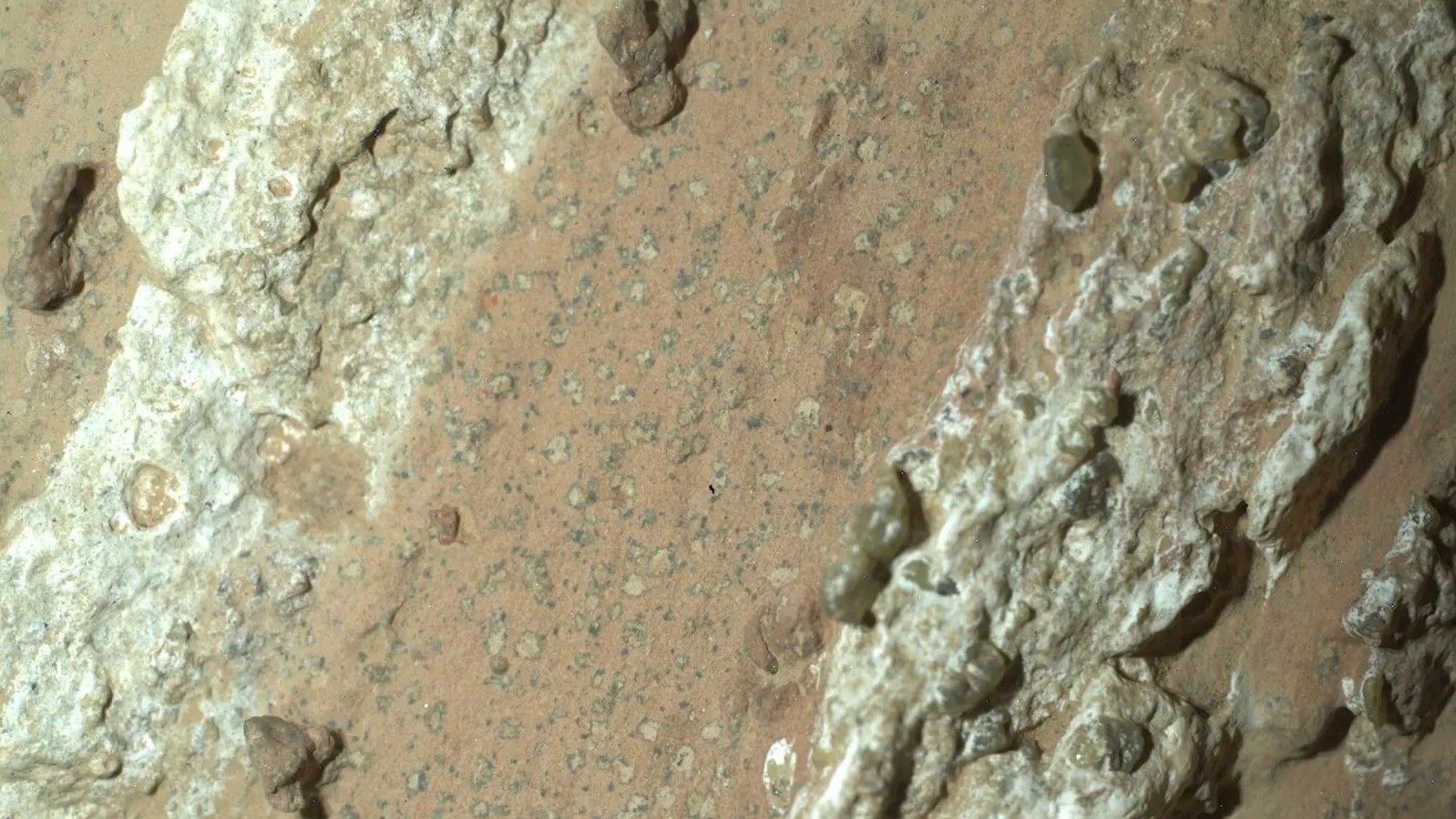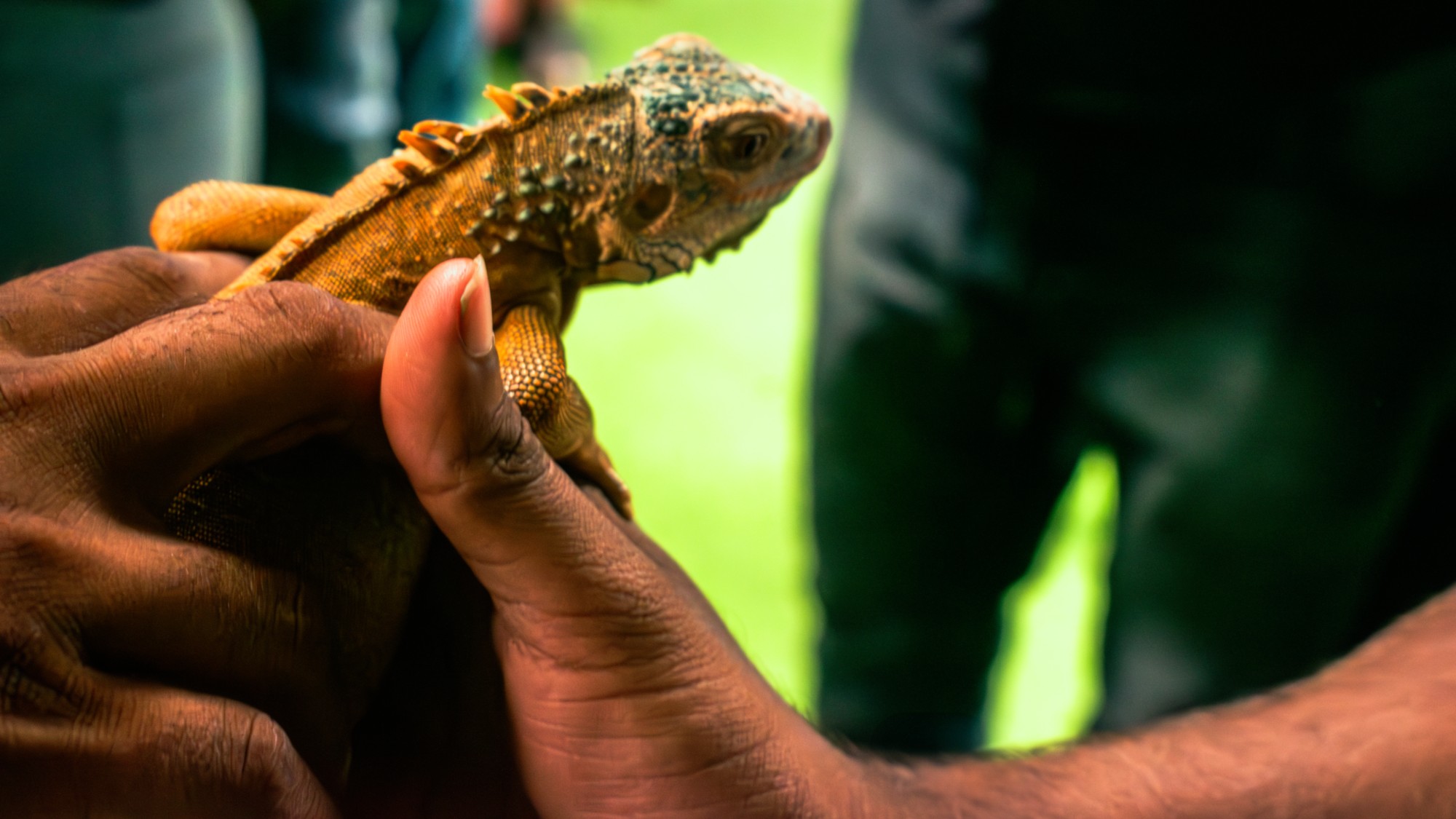'Thriving' ecosystem found 30,000 feet undersea
Researchers discovered communities of creatures living in frigid, pitch-black waters under high pressure


What happened
A Chinese-led team of researchers exploring 9.5 kilometers (31,000 feet) below sea level in the northwest Pacific Ocean discovered "thriving communities" of tubeworms, mollusks and other creatures living in some of the ocean's deepest trenches, as reported Wednesday in the journal Nature. Traveling in a submersible called Fendouzhe for hours at a time, the international team covered 1,500 miles of the little-explored Kuril–Kamchatka and Aleutian trenches over 40 days last summer.
Who said what
It's "exciting" to "go to a place that human beings have not explored," study co-author Xiaotong Peng told the BBC. "And what we saw was quite amazing." The researchers photographed and filmed beds of clams and "dense clusters of tubeworms with tentacles tinged bloodred" being scaled by "iridescent snails" as "bristly, white creatures" wriggled between them "like rush-hour commuters," The Washington Post said. Some of them are believed to be unknown species.
The existence of these creatures, living in the frigid, pitch-black waters under high pressure, challenges "long-standing assumptions about life's potential at extreme depths," the authors said. They posited that the trench-dwelling invertebrates survived off the chemosynthesis of near-freezing methane and hydrogen sulfide seeping from the ocean floor.
What next?
Future studies will "focus on how these deep-sea creatures adapted to survive in such extreme conditions and how exactly they harness chemical reactions for food," The Associated Press said. "They must have some trick, or they must have some unique metabolic pathway, to adapt to the high pressure," said study co-author Mengran Du.
The Week
Escape your echo chamber. Get the facts behind the news, plus analysis from multiple perspectives.

Sign up for The Week's Free Newsletters
From our morning news briefing to a weekly Good News Newsletter, get the best of The Week delivered directly to your inbox.
From our morning news briefing to a weekly Good News Newsletter, get the best of The Week delivered directly to your inbox.
A free daily email with the biggest news stories of the day – and the best features from TheWeek.com
Peter has worked as a news and culture writer and editor at The Week since the site's launch in 2008. He covers politics, world affairs, religion and cultural currents. His journalism career began as a copy editor at a financial newswire and has included editorial positions at The New York Times Magazine, Facts on File, and Oregon State University.
-
 5 fairly vain cartoons about Vanity Fair’s interviews with Susie Wiles
5 fairly vain cartoons about Vanity Fair’s interviews with Susie WilesCartoon Artists take on demolition derby, alcoholic personality, and more
-
 Joanna Trollope: novelist who had a No. 1 bestseller with The Rector’s Wife
Joanna Trollope: novelist who had a No. 1 bestseller with The Rector’s WifeIn the Spotlight Trollope found fame with intelligent novels about the dramas and dilemmas of modern women
-
 Codeword: December 20, 2025
Codeword: December 20, 2025The daily codeword puzzle from The Week
-
 Blue Origin launches Mars probes in NASA debut
Blue Origin launches Mars probes in NASA debutSpeed Read The New Glenn rocket is carrying small twin spacecraft toward Mars as part of NASA’s Escapade mission
-
 ‘The Big Crunch’: why science is divided over the future of the universe
‘The Big Crunch’: why science is divided over the future of the universeThe Explainer New study upends the prevailing theory about dark matter and says it is weakening
-
 Dinosaurs were thriving before asteroid, study finds
Dinosaurs were thriving before asteroid, study findsSpeed Read The dinosaurs would not have gone extinct if not for the asteroid
-
 The moon is rusting
The moon is rustingUnder the radar The Earth is likely to blame
-
 Africa could become the next frontier for space programs
Africa could become the next frontier for space programsThe Explainer China and the US are both working on space applications for Africa
-
 NASA reveals ‘clearest sign of life’ on Mars yet
NASA reveals ‘clearest sign of life’ on Mars yetSpeed Read The evidence came in the form of a rock sample collected on the planet
-
 Parthenogenesis: the miracle of 'virgin births' in the animal kingdom
Parthenogenesis: the miracle of 'virgin births' in the animal kingdomThe Explainer Asexual reproduction, in which females reproduce without males by cloning themselves, has been documented in multiple species
-
 SpaceX breaks Starship losing streak in 10th test
SpaceX breaks Starship losing streak in 10th testspeed read The Starship rocket's test flight was largely successful, deploying eight dummy satellites during its hour in space
